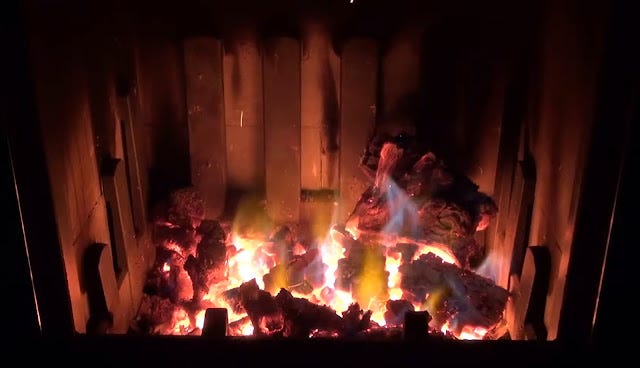I'm starting to plan my off grid system that I intend to purchase next year and am looking for feedback on how I should plan my system for my house radiant floor heat.
I have a shed that will house the batteries, inverters and have a generator close by that will feed a shop and house. My goal is to not run any propane to the house or shop. If I had to purchase right now I'd get two of the EG4 18k complete kits from signature solar and add a propane powered generator. I think I have 2 options but I'm not sure what makes the most sense or if there's a 3rd option I'm not seeing.
Option A: The full house is electric (induction stove, electric oven, mini-split, dryer, water heater, radiant heater) and the generator recharges the batteries as necessary. I'm more comfortable with this option as I am planning to DIY and like the idea of not having to deal with exhaust gasses. I am uncertain here if this means I would need to add a 3rd inverter for those times when I'm in the shop and all of the loads hit at once.
Option B: Everything in the house is electric but the radiant is run on propane. This isn't ideal for me but given the amp draw of electric radiant, maybe this makes sense?
Other info: In the PNW my climate is mild and rarely gets below freezing or over 80deg but I do have a lot of gray days to contend with in the late fall through early spring.
What's everyone's thoughts?
I have a shed that will house the batteries, inverters and have a generator close by that will feed a shop and house. My goal is to not run any propane to the house or shop. If I had to purchase right now I'd get two of the EG4 18k complete kits from signature solar and add a propane powered generator. I think I have 2 options but I'm not sure what makes the most sense or if there's a 3rd option I'm not seeing.
Option A: The full house is electric (induction stove, electric oven, mini-split, dryer, water heater, radiant heater) and the generator recharges the batteries as necessary. I'm more comfortable with this option as I am planning to DIY and like the idea of not having to deal with exhaust gasses. I am uncertain here if this means I would need to add a 3rd inverter for those times when I'm in the shop and all of the loads hit at once.
Option B: Everything in the house is electric but the radiant is run on propane. This isn't ideal for me but given the amp draw of electric radiant, maybe this makes sense?
Other info: In the PNW my climate is mild and rarely gets below freezing or over 80deg but I do have a lot of gray days to contend with in the late fall through early spring.
What's everyone's thoughts?






